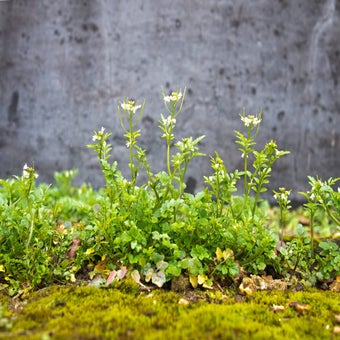
Quick facts
The botanical name for shepherd’s purse is Capsella bursa-pastoris
Chaffinches and other small birds eat the seeds of shepherd’s purse
Shepherd’s purse is fully-hardy throughout the UK and can even flower during mild spells in winter
If you need to control shepherd’s purse, non-chemical methods are easy and effective
What does shepherd’s purse look like?
Most of the leaves are near ground level, arranged in . The leaves themselves vary quite a lot, with some having straight edges and some having very dissected ones. Branching flower stems can reach a height of 50cm (20in), but are much shorter in poor, dry soils. Flowers are small and white, each with four petals, and these are followed by characteristic heart-shaped seed pods.
Shepherd’s purse can be at any stage of growth year-round, but you are most likely to see just the leaves in winter, with flowers in spring, summer and autumn.
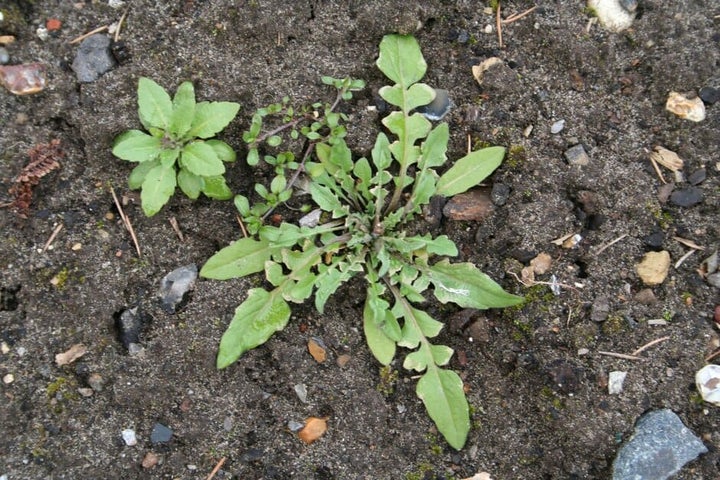
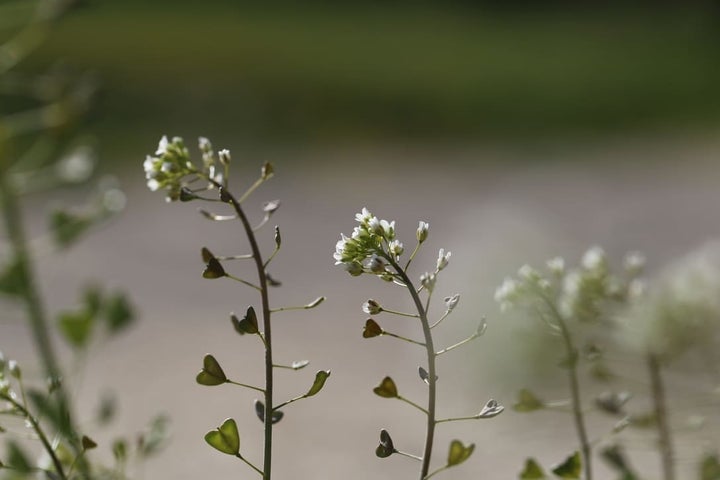
Did you know?
The heart-shaped seed pods resemble purses worn by medieval shepherds, and the copper-coloured seeds within look like tiny coins, hence the common name.
Is shepherd’s purse a weed?
In some areas of a garden shepherd’s purse can be left as it won’t cause significant competition to and it provides food for small birds.
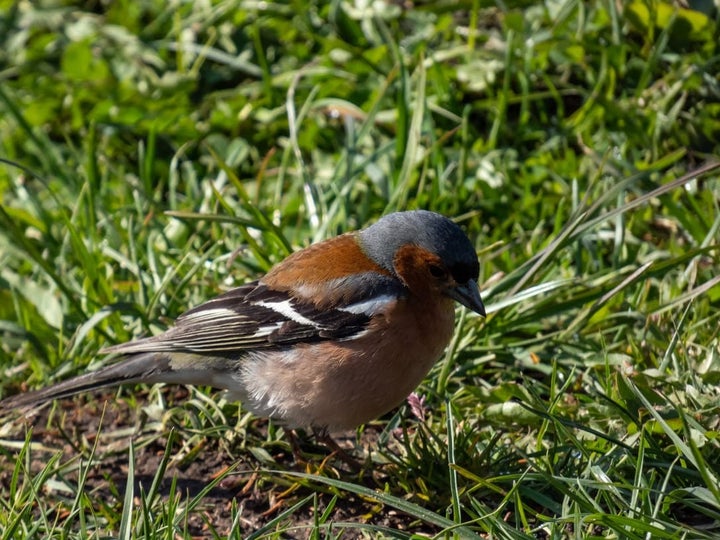
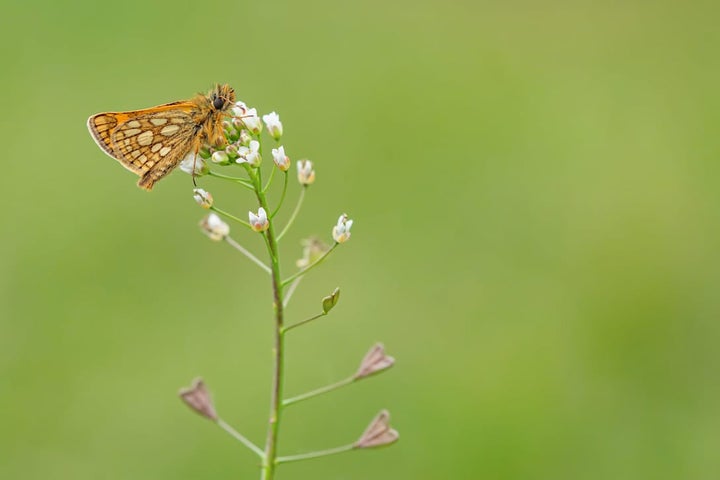
However, shepherd’s purse self-seeds prolifically and can produce several generations a year, so can quickly spread through cultivated beds. This can cause competition for and small plants. Shepherd’s purse may also be unwanted in veg patches due to it being a host plant for the foliar disease white blister, which affects the health of plants in the cabbage family.
What is a weed?
The term ‘weed’ describes a plant that is growing where it isn’t wanted. Weeds usually thrive in average garden conditions, reproducing and spreading easily. It is up to you to decide what you call a weed and what you choose to retain or remove.
Frequently asked questions about controlling shepherd’s purse
Here are our answers to your most common questions about dealing with shepherd’s purse:
How invasive is shepherd’s purse?
Shepherd’s purse spreads by producing lots of seeds, multiple times a year. It is not fussy about where it grows, so seeds have a good chance of if they land on bare soil. However, plants are short-lived and have one main , making them easy to hoe off or pull out. By doing this before plants set seed, you can easily clear an area of shepherd’s purse.
Do I need to get rid of shepherd’s purse?
No – you don’t need to eradicate shepherd’s purse from your garden. Among large, , it won’t cause any harm, so you can leave shepherd’s purse to grow in a designated patch or in unused, rarely visited parts of your garden.
In a veg patch or an area where you wish to grow small plants, shepherd’s purse could be problematic and you might choose to remove it.
What is the easiest way to kill shepherd’s purse?
If you have shepherd’s purse growing where it is not wanted, there are a few easy ways to remove it:
- Hoe off plants – slide the blade of a hoe just under the rosette of basal leaves to sever the taproot and kill the whole plant. Do this on a warm, dry or windy day, so exposed roots dry out quickly. removes weeds with minimal soil disturbance.
- Pull or fork out plants – this may be a good option if shepherd’s purse is growing among other small plants and hoeing isn’t a feasible option. Hand pulling is usually easy, but on compacted soil you may need to use a hand fork.
- Smother plants – prevent seeds from germinating by covering the soil with a mulch of organic matter about 8cm (3in) deep, or a mat of ground cover plants.
Should I use a weedkiller?
As shepherd’s purse is easy to control by hoeing and pulling out, there’s no need to use a weedkiller.
For more information, see our page on Weeds: non-chemical controls.

